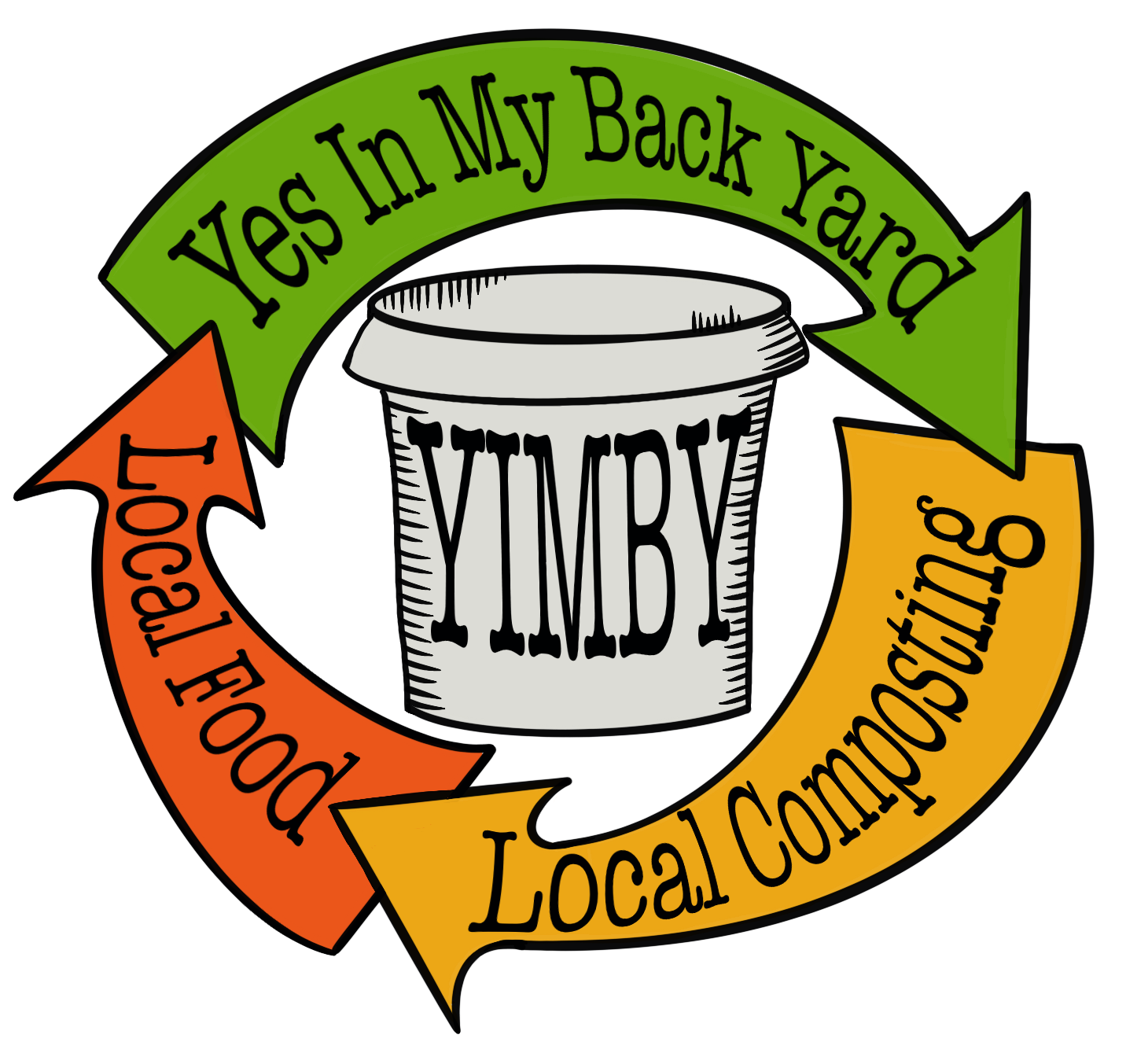do we want Free carbon?
Paper and cardboard are readily available, free ingredients that are easy additions to our compost piles.
Made predominantly from the cellulose and lignin of trees, these ingredients are very high in carbon - paper has approximately 175 parts of carbon to one-part nitrogen, and cardboard approximately 350:1!
So, they seem like they should be great additions to our compost piles, balancing up the nitrogen-rich food scraps, leafy garden trimmings or manures we might be putting in our piles. This is true, but paper and cardboard come with some warnings for composters wanting to make a good quality, safe compost.
Paper and cardboard are readily available, free ingredients that are easy additions to our compost piles
CONTAMINATION:
Many forms of paper and cardboard are now made with plastic coatings or toxic additions, none of which we want in our compost piles. Most inks these days are OK to put in the compost, but glossy coatings on many brochures and boxes can be dangerous, or leave fine shreds of micro-plastics in our compost so are best put in the recycling.
Any food-grade paper or cardboard product that repels water or oil, is a worry. These products might contain chemicals, like the dreaded PFAS, that has impacted the lives of so many CFA volunteers. We don’t want PFAS in our composts or our soils.
To test for this, we can put a drop of olive oil (not other oils) on the product, if the oil beads on the surface, don’t put it in the compost, throw it in the landfill bin (we can also think about not supporting its production in the future – because there is no such thing as ‘away’ to throw things, really), if the oil soaks in, or spreads rather than beads it should be OK in our pile.
We might be better off avoiding single-use packaging completely.
TEXTURE:
Paper and cardboard come to us in so many different shapes and textures, from office paper, to egg cartons, from disposable food packaging to the newspaper you might be reading these words from, each behaving differently in our compost pile.
Layers of dry newspaper can form hard impenetrable clumps in our pile, but the same newspaper, separated into sheets, torn up or scrunched up and pre-soaked can be a wonderful addition to our piles. Similarly, egg cartons, pre-soaked and torn up are great texture in our compost, but, dropped whole and dry in our piles and they will clump, make air pockets that are too large and break the connection in part of our compost pile.
NUTRITION:
It is true paper and cardboard are very high in carbon, but, be aware they have little else of nutritional value to add to our pile. On the other hand, straw, autumn leaves and woody garden prunings, have lots of other residual nutrients that will help keep the ‘microbe party’ going for the duration. A paper or cardboard heavy compost can finish up pretty lifeless and empty.
I’m not saying we should not use paper and cardboard in our compost, but I do suggest we should; be careful to avoid contamination, think about how the ingredient will create texture in the pile (tearing up and pre-soaking is almost always a good idea) and, not over-do these ingredients – keeping our cardboard and paper to no more than 5% of the pile’s ingredient list.
Next week we’ll have a look at the compost cork screw tool and its uses.
AUTHOR: JOEL MEADOWS
Joel Meadows works with Yes In My Back Yard, (YIMBY), a community-scale composting initiative in Castlemaine and surrounds. Send questions or comments to hello@yimbycompost.com
This article was first published on 28/11/23 in Midland Express.

